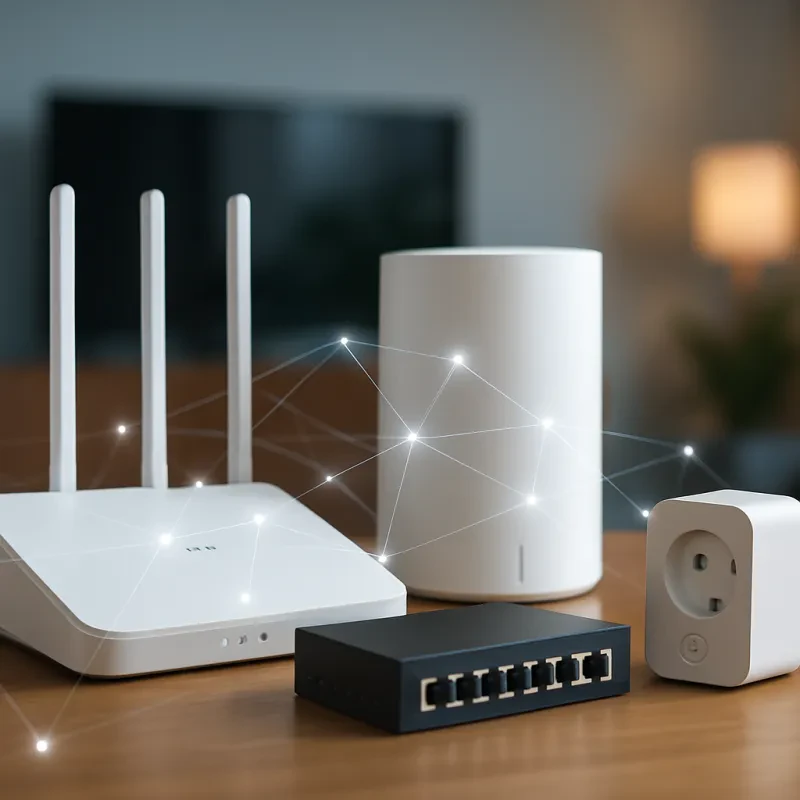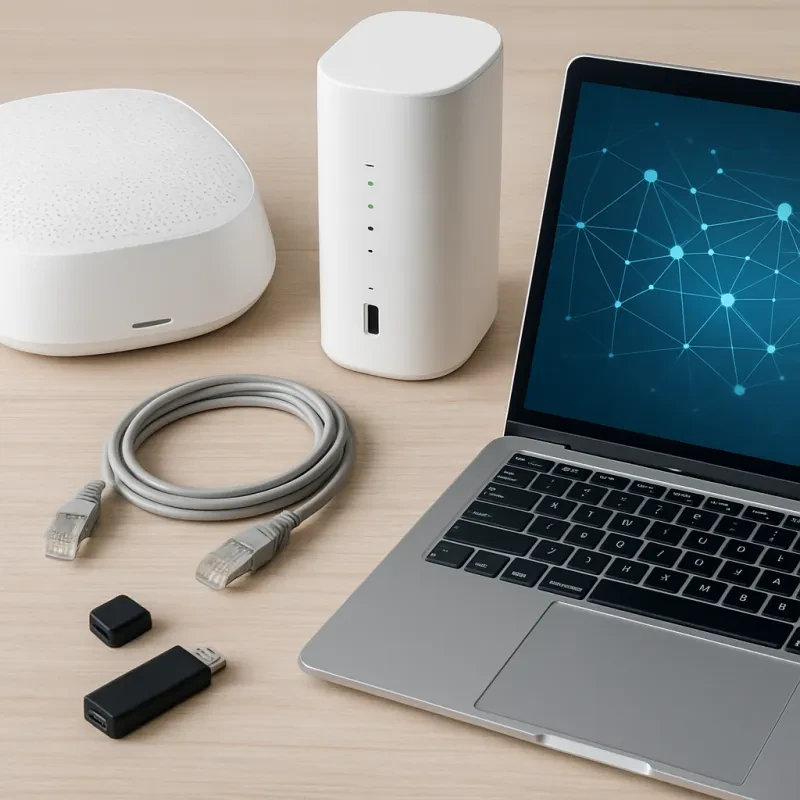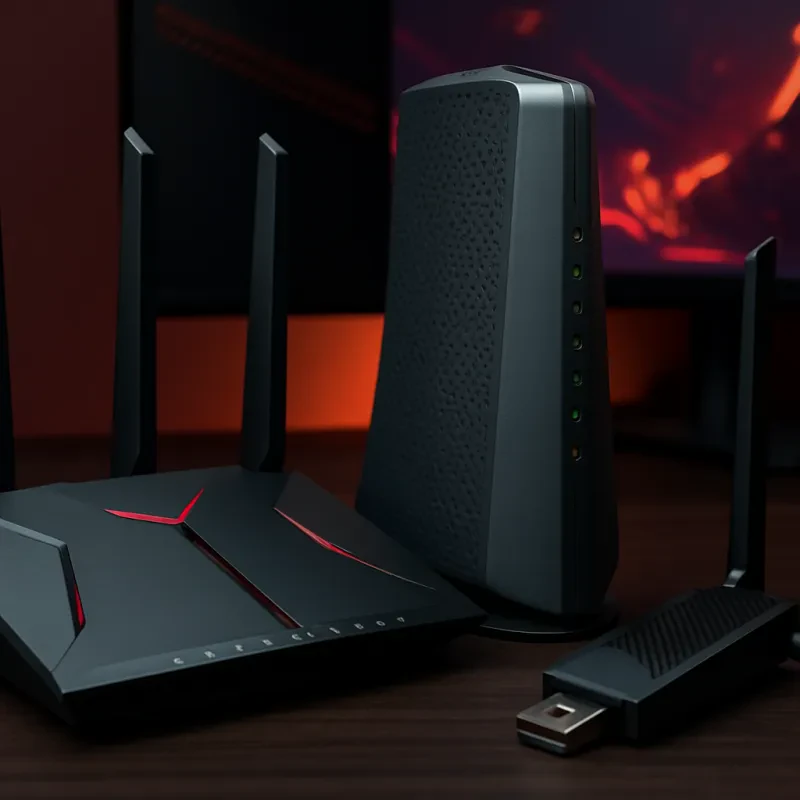Routers are an essential piece of network hardware that help facilitate communication between different devices on a network. Think of a router as a traffic cop for your internet connection, directing data packets to their designated destination. Without a router, your devices wouldn't be able to talk to each other or access the internet.
One of the key functions of a router is to create a local area network (LAN) within your home or office. This allows all of your devices, such as computers, smartphones, and smart TVs, to connect to each other and share resources like printers and files. Routers also have the ability to assign IP addresses to each device on the network, ensuring that data packets are routed to the correct destination.
In addition to creating a LAN, routers also have the ability to connect multiple networks together. For example, a router can connect your home network to the internet, allowing you to access websites, stream videos, and send emails. Routers use protocols like TCP/IP to ensure that data is transmitted correctly and efficiently between networks. Overall, routers play a crucial role in keeping our digital world connected and running smoothly.
Exploring Switches
Switches are essential components in networking that help to efficiently direct traffic between devices on a local area network (LAN). Imagine a switch as a traffic cop at a busy intersection, directing data packets to their intended destinations within a network. Unlike hubs, which broadcast data to every device on a network, switches intelligently route data only to the devices that need to receive it. This not only speeds up network performance but also enhances security by minimizing the risk of unauthorized access to data.
One of the key benefits of using switches in a network is the ability to create multiple collision domains. In simpler terms, switches allow different devices to communicate simultaneously without causing data collisions, which can slow down network performance. By creating separate collision domains for each port, switches enable efficient data transfer between devices, making them ideal for networks with multiple users or high levels of data traffic.
Switches come in various sizes and configurations to suit different networking needs. From small desktop switches with a handful of ports to large enterprise-grade switches with dozens of ports and advanced management features, there is a switch for every network environment. Managed switches offer additional control and monitoring capabilities, allowing network administrators to fine-tune performance, prioritize traffic, and troubleshoot connectivity issues. Whether you are setting up a home network or managing a complex corporate network, understanding the role of switches is crucial for optimizing network performance and security.
Decoding Modems
Modems might seem like a relic from the past, but they play a crucial role in modern networking setups. So, what exactly is a modem and how does it work? In basic terms, a modem is a device that modulates and demodulates digital data so that it can be transmitted over analog communication lines. This is essential for connecting your devices to the internet through your ISP.
When you're browsing the web or streaming a video, your modem is working behind the scenes to convert the digital signals from your computer into a format that can be transmitted over the telephone or cable lines. It then translates the incoming signals back into digital data that your devices can understand. Essentially, a modem acts as the bridge between your home network and the wider internet.
There are different types of modems, including DSL, cable, and fiber optic modems. Each one is designed to work with specific types of internet connections. For example, a DSL modem is used for connecting to a DSL internet service, while a cable modem is used for cable internet. Understanding the type of modem you need for your internet connection is essential for ensuring a stable and fast connection.
Comparing Network Hardware
When setting up a network, it's important to understand the different types of hardware available and their specific functions. The three primary components to consider are routers, switches, and modems. Each plays a crucial role in how data is transmitted and received within a network.
Routers are like traffic cops for your network, directing data packets to their intended destinations. They connect multiple devices to the internet and are essential for establishing a secure connection. Routers use IP addresses to determine where data should go, making them vital for ensuring that information reaches its intended recipient.
Switches, on the other hand, are like the postal service of your network. They create a network by connecting various devices together, allowing them to communicate with each other. Switches operate at a higher speed than routers and are ideal for transferring data between devices within a network quickly and efficiently.
Lastly, modems are the gateway to the internet. They connect your network to your Internet Service Provider (ISP) and convert analog signals from your ISP into digital signals that your devices can understand. Modems are essential for establishing a connection to the internet and are often provided by ISPs as part of their service packages.


